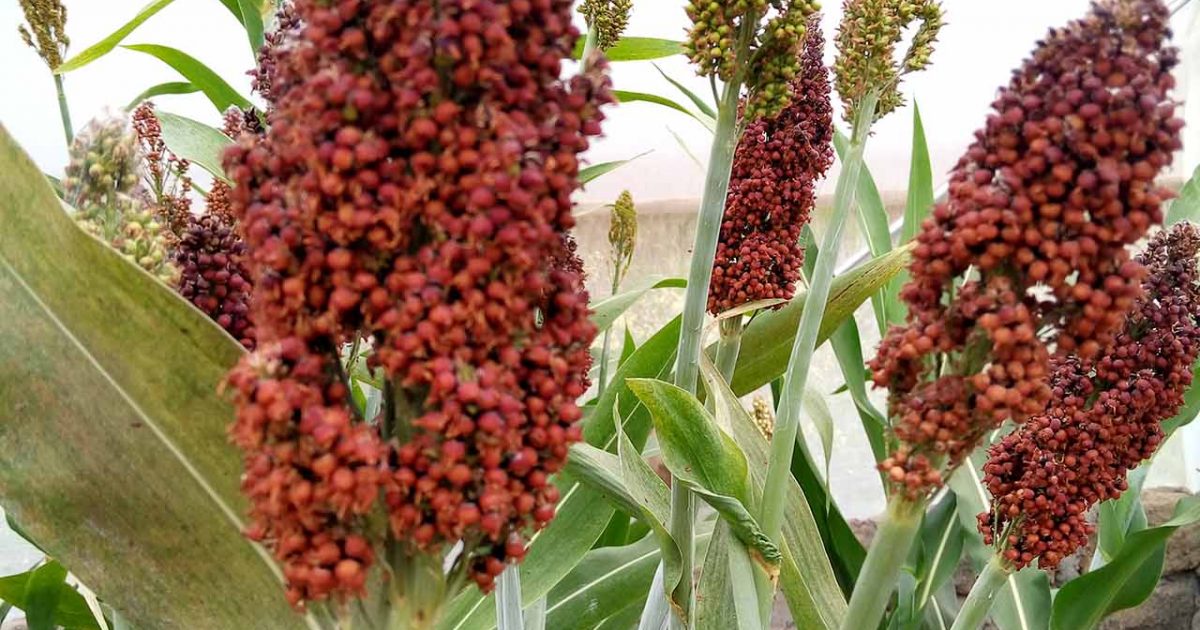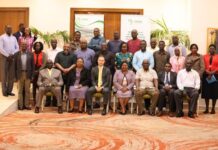
In an effort to grow farmers income and improve citizens diet, Kenya has embarked on promoting cultivation of a variety of underutilised crops which are more resilient as compared to predominant cereals such as maize, wheat, rice and beans in the wake of climate change effects.
According to Dr. Lusike Wasilwa, Director of Crops Systems at Kenya Agricultural and Livestock Research Organization (KALRO), some of these underutilized crops have been pushed into forgetfulness yet they are of great nutritive and economic advantages.
“In Kenya like other country especially in the Sub-Saharan Africa, the role of these crops in economy, food and nutrition security has not been fully exploited,” said Wasilwa.
Being the major seed merchant in the country, KALRO in partnership with other government bodies such as Kenya Plant Health Inspectorate Service (KEPHIS) and seed companies has been involved in developing, trying, improving, training and disseminating information about the crops to farmers.
“Of urgent concern is the promotion of a number of neglected and underutilized crops to improve their production by farmers in the wake of hash farming conditions due to climate change that has caused unreliable weather patterns in the country.”
In this, the organization has introduced, into the market, a number of underutilized fruits, vegetables and nuts for propagation and planting by farmers from various parts of the country.

“In the past, these fruits and vegetables have been ignored by agricultural research, not included in agricultural extension curricula, and did not benefit from organized value chains. However, due to their adaptability and nutritional qualities, they could make a major contribution to increased food availability, affordability and nutrition security,” said Wasilwa.
Some of the fruit varieties include 12 gooseberries, 25 guavas, 2 jack fruits, 12 blackberry, 3 sour sop, 4 pomegranate, 1 tamarind, and 5 varieties of loquats among others.
Also introduced are 2 cocoa varieties that were distributed to Kilifi and Busia
counties, 2 coconuts from India and some new passion fruit varieties. 12 varieties of bambara nuts are still under National Performance Trials (NPT).
In 2019 KEPHIS released nine varieties of African Indigenous vegetables that include Night shade (Managu), Vine spinach (Nderma), Jute mallow (mrenda), and Spider plant (Sagaa) to cope up with the increasing demand for the commodities.
In 2019 KALRO in partnership with USAID is distributing over 55,000 guava, gooseberry and jack fruit seedlings to farmers in Busia County in a campaign to entice farmers to take up farming of underutilized fruits for commercial purposes.
Other crops that have been introduced and being promoted by KALRO are grains legumes or pulses such as beans, cowpeas, pigeon peas, mung beans and dolichos. This is in addition to sorghum and millets which are fit for arid and semi-arid areas and are important food security crops.
Tubers such as cassava, sweet potato and yams have also been introduced.
Farmers can get seeds of these crops from KALRO centres in Muguga (underutilized fruit, cocoa on order), Katumani (mango, underutilized fruit, African indigenous vegetables); Kibos (mango, avocado, underutilized fruit), Kakamega, Matuga (coconut), Kitale (underutilized fruit); Macadamia Research Centre in Thika (underutilized fruit).
“The centres also serve as training grounds for farmers on propagation, production and value addition besides the use of Mobile Apps, SMS messages, detailed factsheets that the organisation uses to reach out to farmers,” said Wasilwa adding that farmers are preferably trained in groups.
All that farmers need to do is to register in application for training session available at the centres. They can also attend field days and agricultural shows for to engage with experts from the organization.








